Margaret of Austria, Queen of Spain - The Collection - Museo
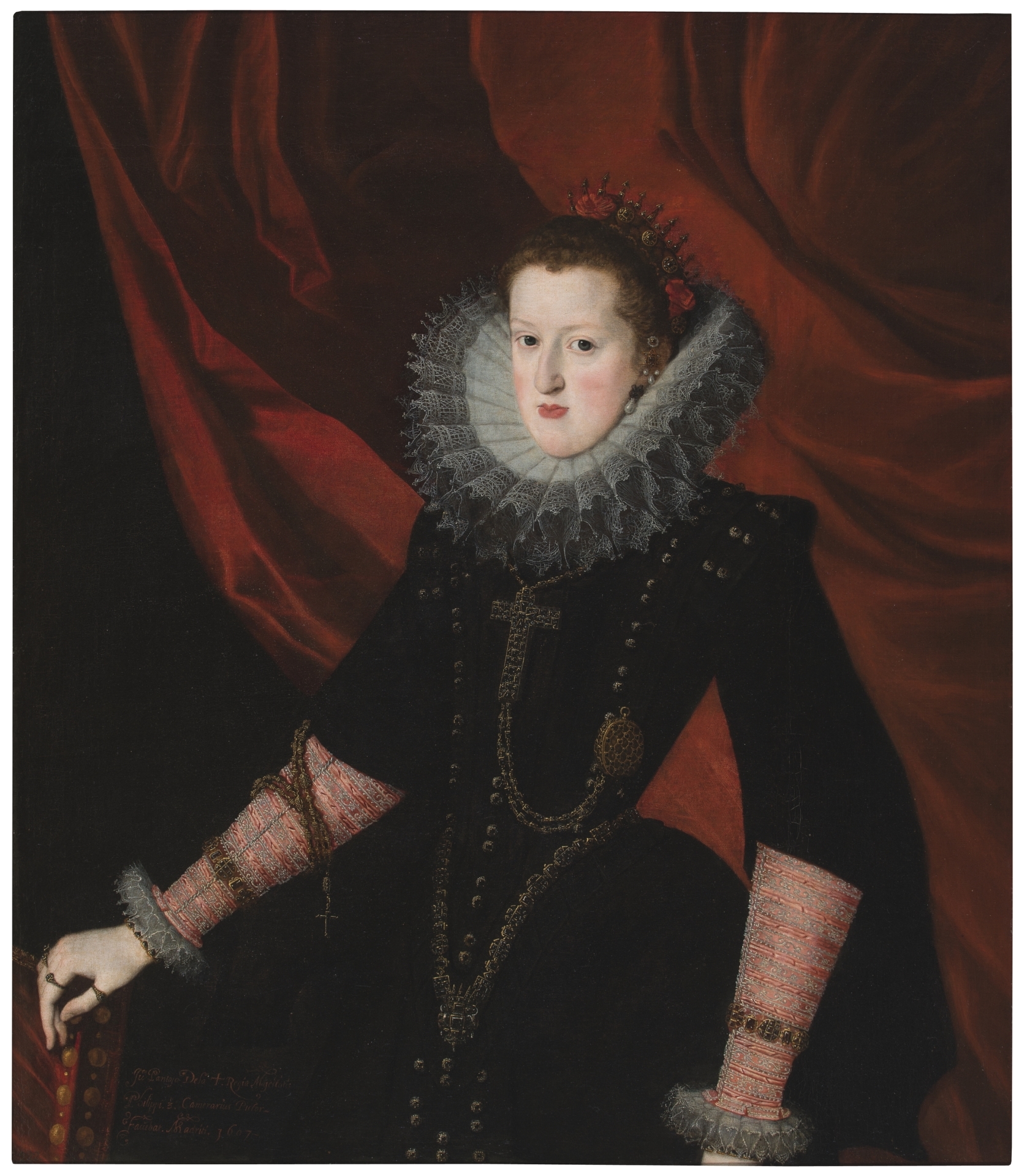
Margaret of Austria married Philip III in 1599 after Philip II chose her from among the women of the Austria-Styria family. The marriage was planned to coincide with that of infanta Isabel Clara Eugenia and archduke Albert. Margaret was born in 1584 and when she arrived in Spain in April 1599, she had already been married by power of attorney in Ferrara. She was known for her discretion and virtue—traits almost systematically attributed to the Habsburg women, whose service to the Crown and the family consisted of insuring their biological continuity and the maintenance of religious practices that consisted, in Margaret´s case, of directing the patronage of three religious foundations: the Descalzas Reales in Madrid, the Jesuits in Salamanca, and La Encarnación in Madrid, a convent of Augustinian Recollect nuns very close to the Royal Alcázar. She is also said to have participated in the conspiracy against Philip III´s all-powerful favorite, the Duke of Lerma, who was at one point suspected of killing the queen. But like so many queens of Spain, Margaret died in childbirth at the early age of twenty-seven. She was the mother of Philip IV, of Ana, future queen of France; Maria, who later became empress of Austria; and of Carlos Fernando, cardinal and archbishop of Toledo.
Juan Pantoja de la Cruz was the most representative portrait painter at Philip III´s court. He continued the tradition of the Spanish crown´s state images and his depictions of the queen´s beautiful clothing were especially refined. Between 1606 and his death in 1608, Pantoja made various portraits of members of the Habsburg dynasty for the portrait gallery at El Pardo. The queen is depicted as immutable and inscrutable, somehow hidden behind her extraordinary dress and the enormous ruff collar that isolates and highlights her illuminated visage. Her dark body is punctuated by jewels, buttons, a clasp and a large cross attached to a small watch and a rosary. These symbolically significant elements bring life to the emptiness of her regal expression, where even her pose is a uniform repetition of the fixed language of portraiture learned from the previous reign. In works with this pose, Margaret would have held a handkerchief in her left hand (the canvas has been cut down) while, with her right, she would either pet a mastiff, hold a book of hours or, as here, rest her hand on an armchair. The red curtain closes and defines the space with an appearance as unreal and majestic as that of the queen herself.


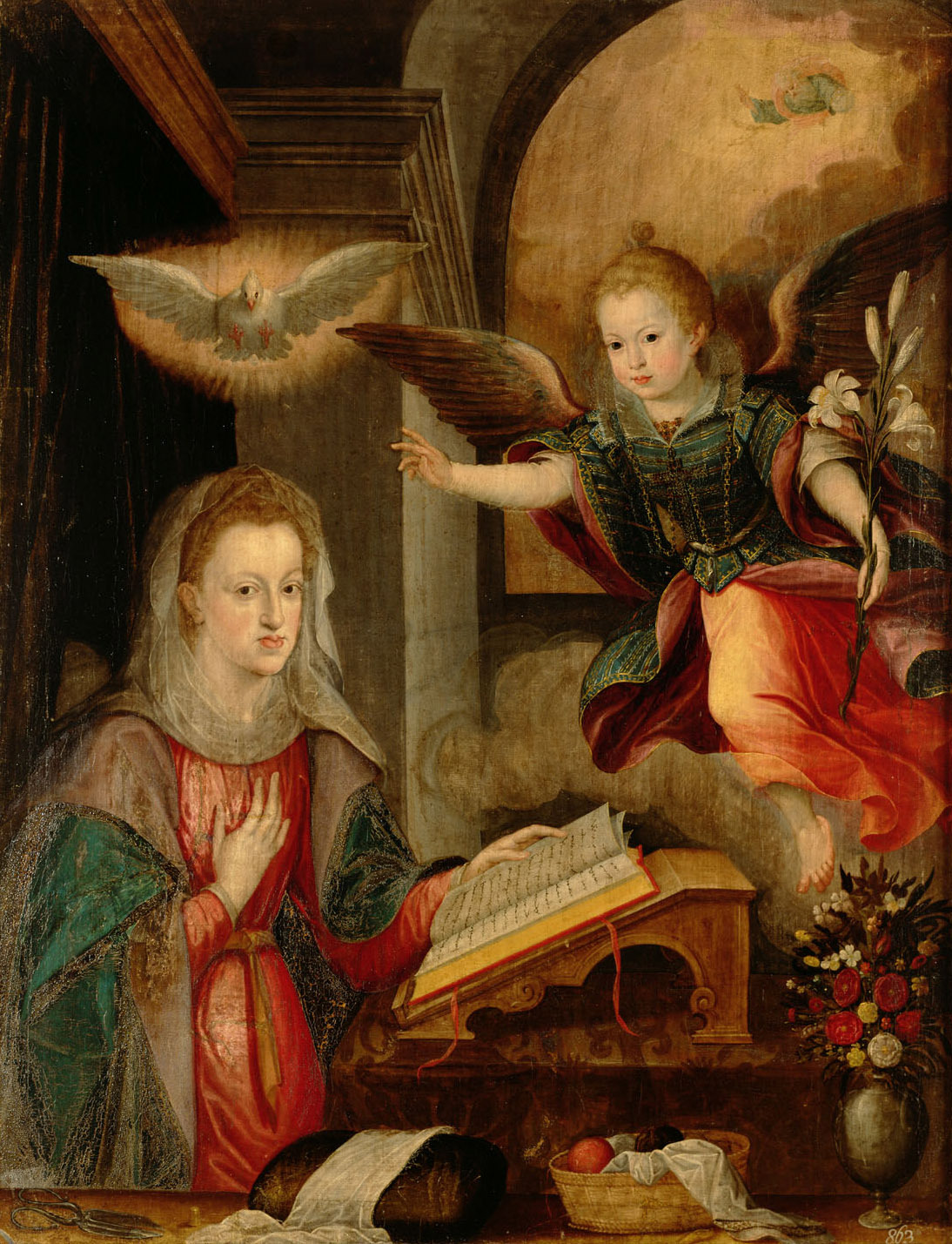
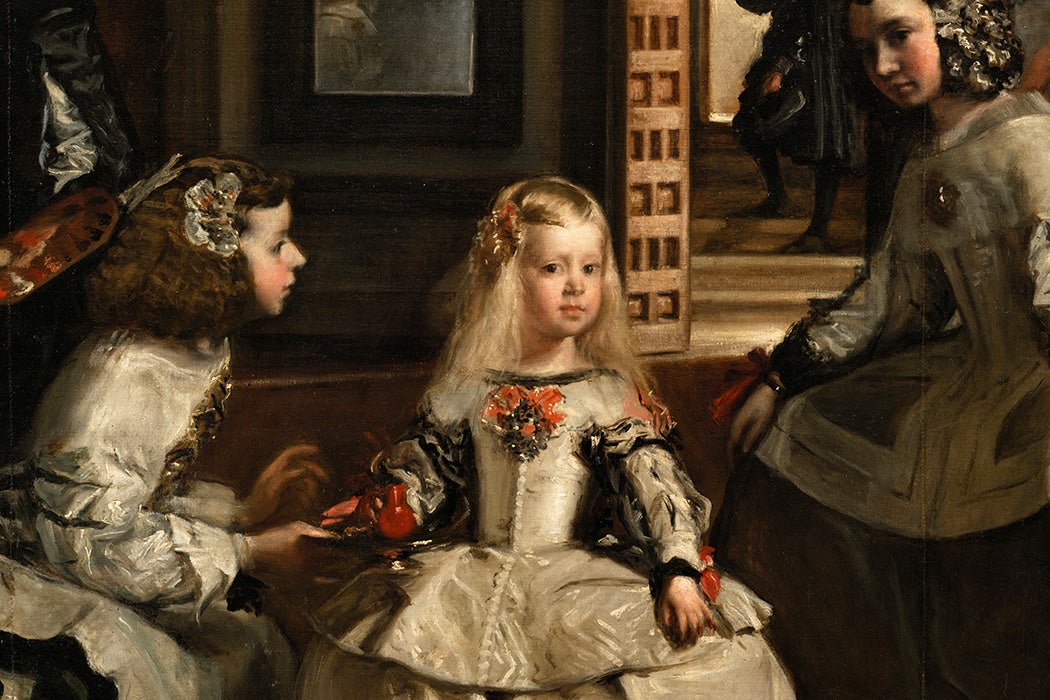



-
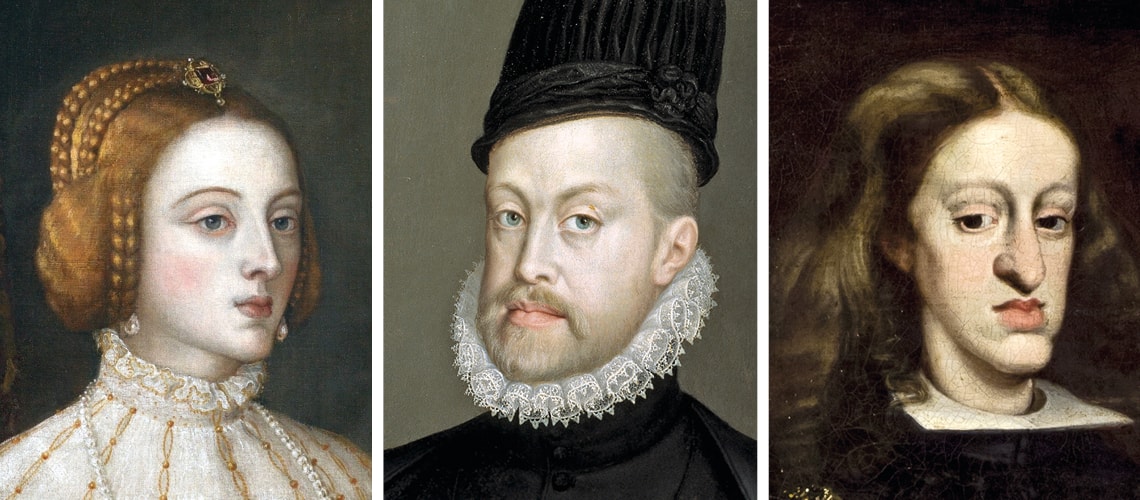 O queixo peculiar dos Habsburgo : Revista Pesquisa Fapesp27 abril 2025
O queixo peculiar dos Habsburgo : Revista Pesquisa Fapesp27 abril 2025 -
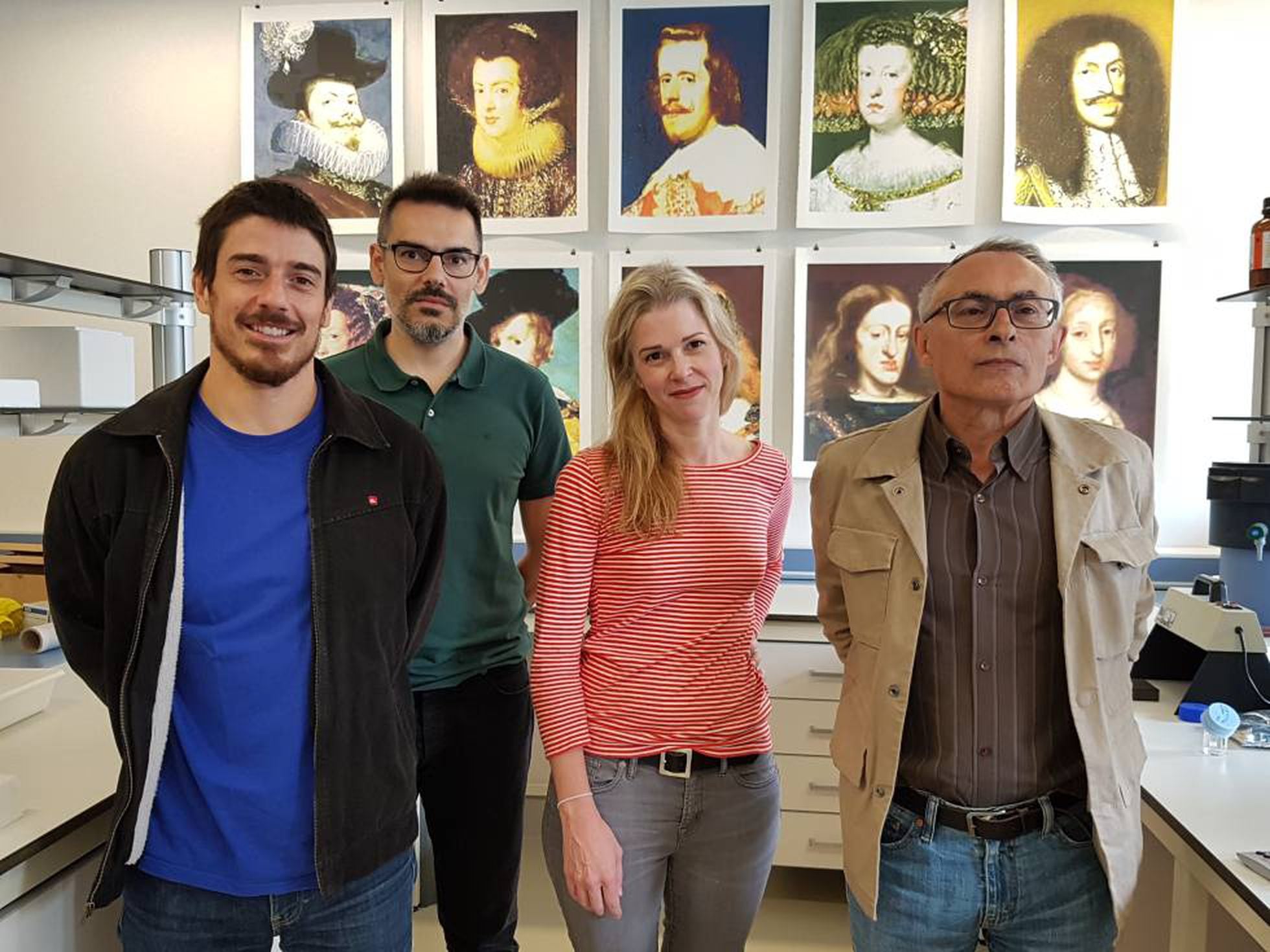 Sexo entre parentes causou deformidade facial dos reis espanhóis27 abril 2025
Sexo entre parentes causou deformidade facial dos reis espanhóis27 abril 2025 -
Prognatismo - Tudor Brasil - Tudo sobre História27 abril 2025
-
 What Is A Habsburg Jaw? A Sign Of Royal Inbreeding Explained27 abril 2025
What Is A Habsburg Jaw? A Sign Of Royal Inbreeding Explained27 abril 2025 -
 El prognatismo Habsburgo, la deformación que acomplejó a Carlos V27 abril 2025
El prognatismo Habsburgo, la deformación que acomplejó a Carlos V27 abril 2025 -
 Hapsburg jaw - Stock Image - N516/0010 - Science Photo Library27 abril 2025
Hapsburg jaw - Stock Image - N516/0010 - Science Photo Library27 abril 2025 -
Respondendo a @Helena Querem um video completo do Carlos II27 abril 2025
-
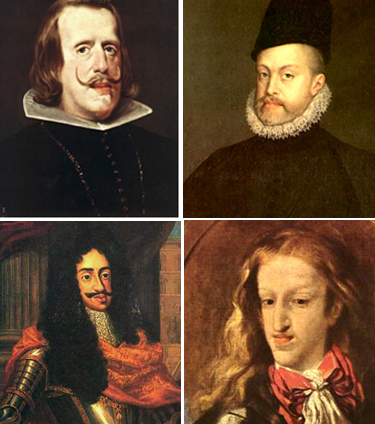 Clãs e Tipos Humanos por Plinio Corrêa de Oliveira27 abril 2025
Clãs e Tipos Humanos por Plinio Corrêa de Oliveira27 abril 2025 -
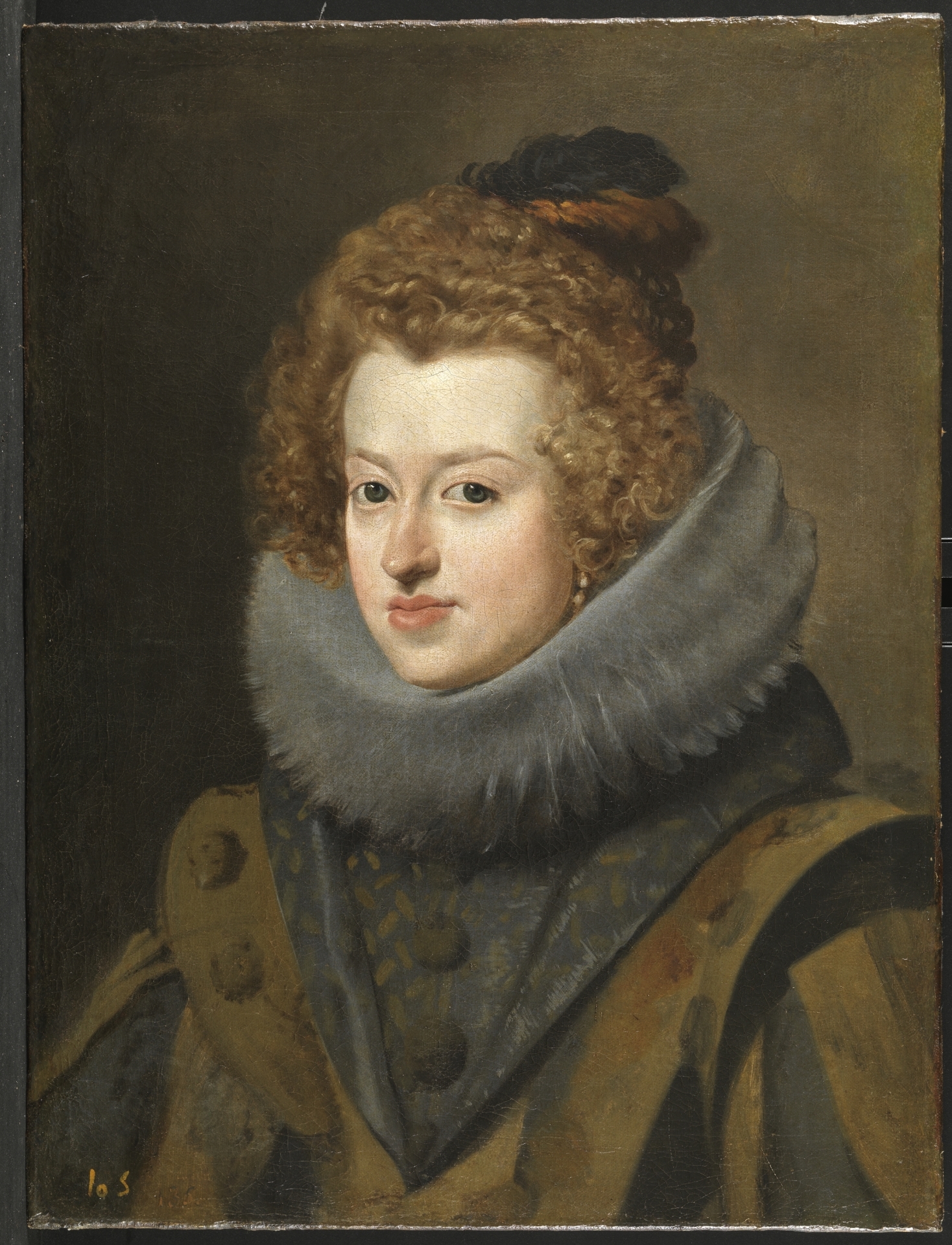 Maria Anna of Spain, Queen of Hungary - The Collection - Museo27 abril 2025
Maria Anna of Spain, Queen of Hungary - The Collection - Museo27 abril 2025 -
 Charles II of Spain, Juan Carreño de Miranda (circa 1685), Museum27 abril 2025
Charles II of Spain, Juan Carreño de Miranda (circa 1685), Museum27 abril 2025
-
The 13 Best Anime Similar To Inuyasha27 abril 2025
-
 CarX Drift Racing Online - Young Timers on Steam27 abril 2025
CarX Drift Racing Online - Young Timers on Steam27 abril 2025 -
/s.glbimg.com/po/tt2/f/original/2016/11/29/games-newsroomcover_1.png) Instant Games no Facebook: como desafiar amigos nos jogos para celular27 abril 2025
Instant Games no Facebook: como desafiar amigos nos jogos para celular27 abril 2025 -
 Cobra Kai terá adaptação para videojogo27 abril 2025
Cobra Kai terá adaptação para videojogo27 abril 2025 -
 Lata Pokemon Tapu Koko gx Tapu bulu gx Original Copag em Promoção na Americanas27 abril 2025
Lata Pokemon Tapu Koko gx Tapu bulu gx Original Copag em Promoção na Americanas27 abril 2025 -
Arena Jogue Fácil27 abril 2025
-
 Nazo no Kanojo X (Mysterious Girlfriend X) - Pictures27 abril 2025
Nazo no Kanojo X (Mysterious Girlfriend X) - Pictures27 abril 2025 -
 South Park' Mocks Hollywood Trend of Recasting Characters as Minority Women27 abril 2025
South Park' Mocks Hollywood Trend of Recasting Characters as Minority Women27 abril 2025 -
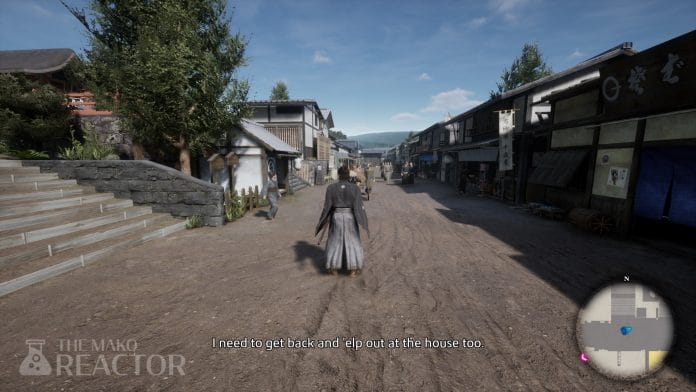 Like a Dragon: Ishin PC and Steam Deck Performance Review27 abril 2025
Like a Dragon: Ishin PC and Steam Deck Performance Review27 abril 2025 -
 diamante free fire hack download27 abril 2025
diamante free fire hack download27 abril 2025


